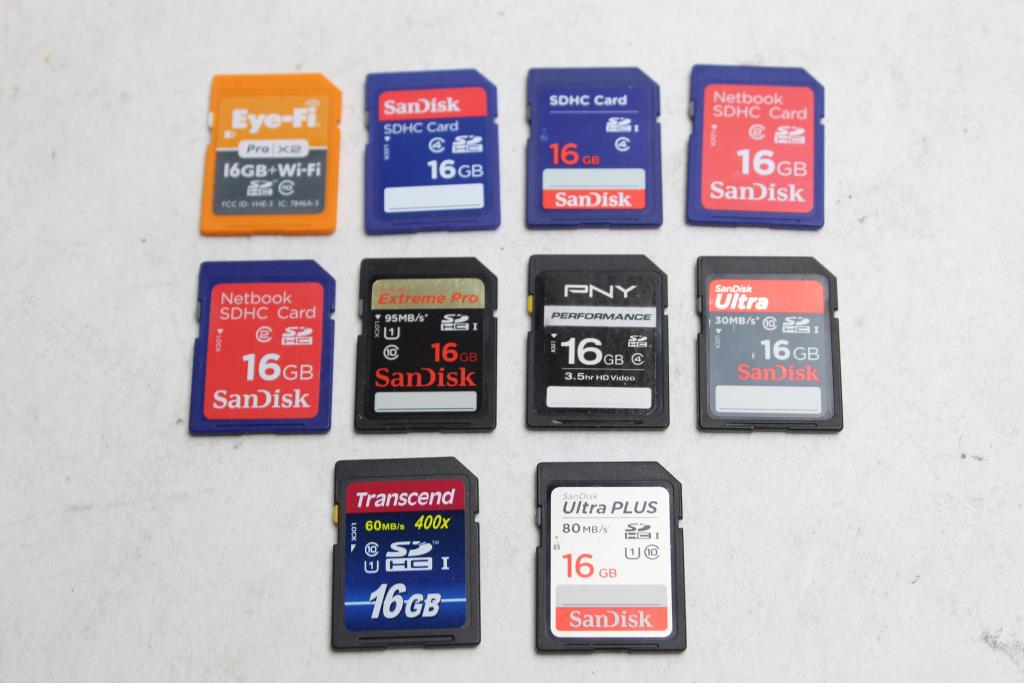

Instead of offloading the dozen photos I've shot in the past hour, I can pick the images I want to share socially, flag them, and they'll copy over.

If you're like me and you use an Eyefi card with a camera that lacks Wi-Fi while traveling (or covering a trade show for PCMag), selective transfer is a huge plus.
San disk eye fi Pc#
You'll just need to plug the card into a Mac or Windows PC (an SD card reader is included in the box if your laptop or desktop doesn't have one built in), and enable selective transfer via the Eyefi Mobi desktop app.
San disk eye fi pro#
That's the default behavior of the Mobi Pro as well, but you can reconfigure the card to enable selective transfers.
San disk eye fi free#
With the regular version of the Mobi card, any JPG photo or video clip that was captured would transfer automatically to the free Eyefi Mobi app for iOS, Android, or Windows Phone.
San disk eye fi install#
A hard plastic card with the code required to install the card's profile onto your portable device is included. You can use the card to copy images from your camera to your phone while you're out and about, so you can share an image on Instagram, email a photo to your Mom, or do anything you'd normally be able to do with a photo that was captured with your smartphone. There are several cases in which this can be useful. It combines the ease of use of the Mobi ( at Amazon) and merges it with the robust feature set of the X2 Pro, making it an easy pick as our Editors' Choice for connected memory cards.įeatures and Operation At its heart, the Mobi Pro has one basic function: to transfer images from your camera to your smartphone, tablet, or computer wirelessly. Eyefi has been making connected memory cards for years, and its latest entry into the field, the Eyefi Mobi Pro ($99.99, 32GB), is the best one yet.


The geotagging function on the card seems to think that I'm in somewhere called Nan Nan in Thailand. This shouldn't be a problem out in the street, though.įinally, there is one other oddity. And there appears to be no way to force the card to transfer to your iOS device via the home network. Even if you have disabled the network on the card itself, your iOS device won't connect to the Eye-Fi hotspot automatically if it sees another network it recognizes. The only real problem is using the setup in the range of a known Wi-Fi network. I haven't yet tried the combo out and about, but in limited testing it works great, with transfers coming across in seconds and getting saved in the camera roll, ready to be Instagrammed. The camera is set to shoot RAW + JPEG, which lets me upload the RAWs into Lightroom later. I have mine set to receive only JPEGs (in the setting on the iOS app) to keep things fast. Once you're up and running, the transfers work great. You may have to force a reconnect since your iDevice will probably have re-joined your home network in the meantime. If this works, remove the card from your computer and put it in the camera.


 0 kommentar(er)
0 kommentar(er)
